Contents
Guide
Australia
HarperCollins Publishers Australia Pty. Ltd.
Level 13, 201 Elizabeth Street
Sydney, NSW 2000, Australia
www.harpercollins.com.au
Canada
HarperCollins Publishers Ltd
Bay Adelaide Centre, East Tower
22 Adelaide Street West, 41st Floor
Toronto, Ontario, Canada
M5H 4E3
www.harpercollins.ca
India
HarperCollins India
A 75, Sector 57
Noida
Uttar Pradesh 201 301
www.harpercollins.co.in
New Zealand
HarperCollins Publishers New Zealand
Unit D1, 63 Apollo Drive
Rosedale 0632
Auckland, New Zealand
www.harpercollins.co.nz
United Kingdom
HarperCollins Publishers Ltd.
1 London Bridge Street
London SE1 9GF, UK
www.harpercollins.co.uk
United States
HarperCollins Publishers Inc.
195 Broadway
New York, NY 10007
www.harpercollins.com
CAROLYN MERCHANT, Ph.D., is professor of environmental history, philosophy, and ethics in the Department of Conservation and Resource Studies at the University of California, Berkeley.
Discover great authors, exclusive offers, and more at hc.com.
Acknowledgment is made for the permission of the Journal of the History of Philosophy to include a revised version of the authors article The Vitalism of Anne Conway (July 1979) in from William E. Monter, Witchcraft in France and Switzerland. Copyright 1976 by Cornell University.
: From Carolyn Merchant, The Death of Nature: A Retrospective, Organization and Environment 11 no. 2, 198206. Copyright 1998 by SAGE Publications, Inc. Reprinted by permission of SAGE Publications, Inc. Also reprinted in Carolyn Merchant, Science and Nature: Past, Present, and Future (New York: Routledge, 2017, 112).
THE DEATH OF NATURE : Women, Ecology, and the Scientific Revolution. Copyright 1980 by Carolyn Merchant. PREFACE : 1990 copyright 1989 by Carolyn Merchant. All rights reserved under International and Pan-American Copyright Conventions. By payment of the required fees, you have been granted the nonexclusive, nontransferable right to access and read the text of this e-book on-screen. No part of this text may be reproduced, transmitted, downloaded, decompiled, reverse-engineered, or stored in or introduced into any information storage and retrieval system, in any form or by any means, whether electronic or mechanical, now known or hereafter invented, without the express written permission of HarperCollins e-books.
HarperCollins Web site: http://www.harpercollins.com
HarperCollins,  , and HarperOne are trademarks of HarperCollins Publishers.
, and HarperOne are trademarks of HarperCollins Publishers.
FIRST HARPER & ROW PAPERBACK EDITION PUBLISHED IN 1983
Cover design by Cassandra Chu
Illustration: Church Street El by Charles Sheeler, 1920; The Cleveland Museum of Art
Library of Congress Cataloging-in-Publication Data
Merchant, Carolyn.
The death of nature.
Originally published in 1980; with new preface.
Includes bibliographical references.
1. Women in science. 2. Philosophy of nature. 3. Human ecology. I. Title.
Q130.M47 1989
Digital Edition MARCH 2020 ISBN: 978-0-06-295674-3
Version 06292019
Print ISBN: 978-0-06-250595-8
For David and John,
Elizabeth and Ann
Contents
The Nymph of the Spring, by Lucas Cranach (1518, Germany). Reproduced in E. Ruhmer, ed., Cranach (London: Phaidon Press, 1963), Plate 33. (Baron Thyssen-Bornemisza, Lugano-Castagnola.)
The female soul of the world, engraved by Johann Theodore de Bry, in Robert Fludd, Utriusque Cosmi Maioris Scilicet et Minoris Metaphysica (Oppenheim, 161721), vol. 1, p. 3. Courtesy The Bancroft Library, University of California at Berkeley.
Isis, in Athanasius Kircher, Oedipus Aegypticus, 4 vols. (Rome: Mascardi, 1652), vol. 1, p. 189. Courtesy The Bancroft Library, University of California at Berkeley.
Hermaphrodite, from Aurora consurgens (late fourteenth century). Zentralbibliotek, Zurich, Cod. rhenovacensis 172, endpapers. Reproduced from Stanislas Klossowski de Rola, Alchemy (New York: Avon, 1973), Plate 4.
The union of the solar and lunar opposites in the alchemical work, from Arnold of Villanova, Rosarium Philosophorum (sixteenth century). Kantonsbibliothek Vadiana, St. Gallen, ms. 394a, f. 34. Reproduced from Stanislas Klossowski de Rola, Alchemy (New York: Avon, 1973), Plate 41.
Miners diverting rivers and cutting down trees for the washing and refining of ores, in Georg Agricola, De Re Metallica (1556), trans. Herbert C. Hoover and Lou H. Hoover (New York: Dover, 1950), p. 337.
Veins of ore in hillsides, in Georg Agricola, De Re Metallica (1556), trans. Herbert C. Hoover and Lou H. Hoover (New York: Dover, 1950), p. 62.
The Classes of Men, woodcut by Hans Weiditz (ca. 1530). Reproduced by permission of the Prints Division, New York Public Library, Astor, Lenox, and Tilden Foundations.
The Hierarchical Cosmos, reprinted from Andreas Cellarius, Harmonia Macrocosmica (Amsterdam, 1661). Courtesy Mrs. Roy V. Sowers, Santa Cruz, California.
The hermetic philosopher following in the footsteps of nature, engraved by Johann Theodore de Bry. Reprinted from Atalanta Fugiens, Hoc Est, Emblemata Nova de Secretis Chymica (Oppenheim, 1618), Emblema 42, De Secretis Natura. Courtesy Tulane University Library. Reproduced from facsimile edition (Kassel and Basel: Brenreiter-Verlag, 1964).
Aristotle and Phyllis, woodcut by Hans Baldung Grien (signed and dated 1513, Germany). Berlin, Staatliche Museen. Reproduced from Hannelore Sachs, The Renaissance Woman (New York: McGraw-Hill, 1971), Plate 46.
Two women beating up a monk who has probably molested them, pen drawing by Urs Graf (ca. 1521). Kunstmuseum Basel, Kupferstichkabinett. Reproduced from Hannelore Sachs, The Renaissance Woman (New York: McGraw-Hill, 1971), Plate 102b.
The Witches, woodcut by Hans Baldung Grien (signed and dated 1510, Germany). Berlin, Staatliche Museen. Reproduced from Hannelore Sachs, The Renaissance Woman (New York: McGrawHill, 1971), Plate 103.
The Four Witches, engraving by Albrecht Drer (signed and dated 1497, Germany). Berlin, Staatliche Museen. Reproduced from Hannelore Sachs, The Renaissance Woman (New York: McGrawHill, 1971), Plate 12.
Title page from Hic-Mulier or the Man-Woman (London, 1620). Reproduced by permission of The Huntington Library, San Marino, California.
Five Women. From the Art Collection of the Folger Shakespeare Library, Washington, D.C., Art vol. d56 (Nunsuch Palace).
Nature Reveals Herself, sculpture by Louis-Ernest Barrias (18411905, France). Photograph by Roger-Viollet, 6 Rue de Seine, Paris, and used by permission.
Frontispiece to Thomas Hobbes, Leviathan (London: Crooke, 1651). Courtesy The Bancroft Library, University of California at Berkeley.
A windmill used for grinding, drawing by Agostino Ramelli, in his Various and Ingenious Machines, trans. Martha Teach Gnudi 1976, text, translations, glossary, notes copyright Martha Teach Gnudi and Eugene S. Ferguson (Baltimore, Md.: Johns Hopkins University Press, 1976; first published 1588), Plate 132.

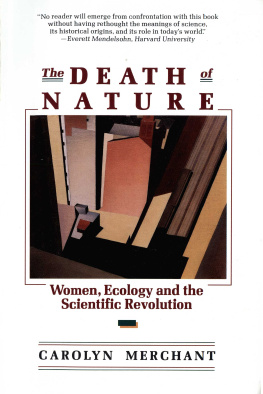
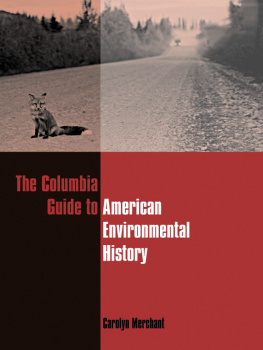
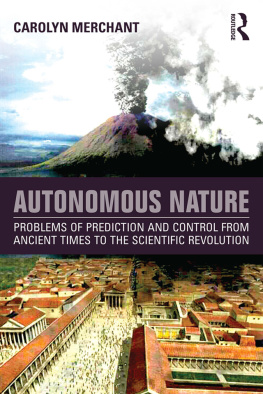
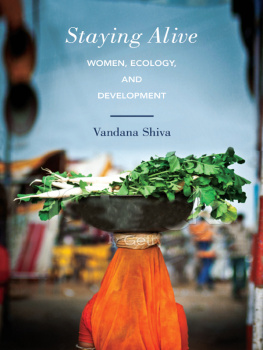
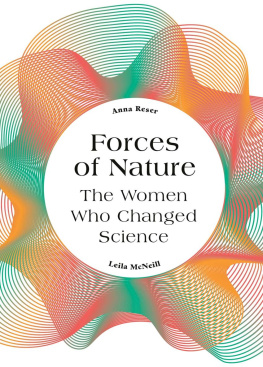


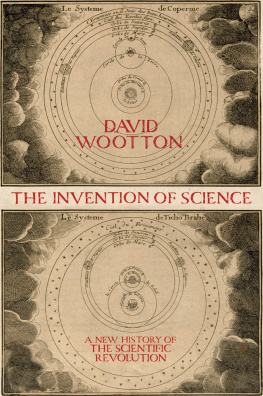

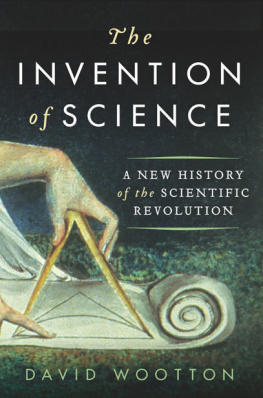
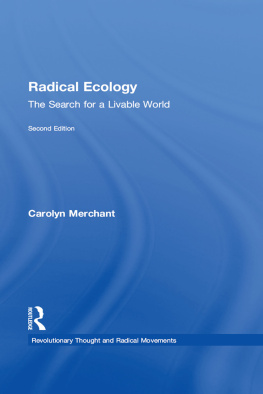
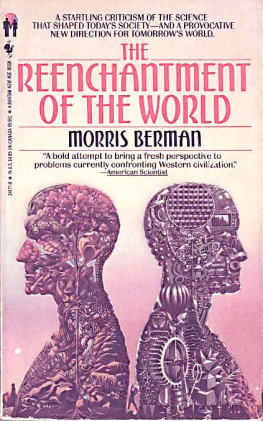
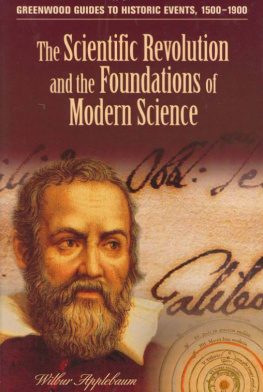

 , and HarperOne are trademarks of HarperCollins Publishers.
, and HarperOne are trademarks of HarperCollins Publishers.